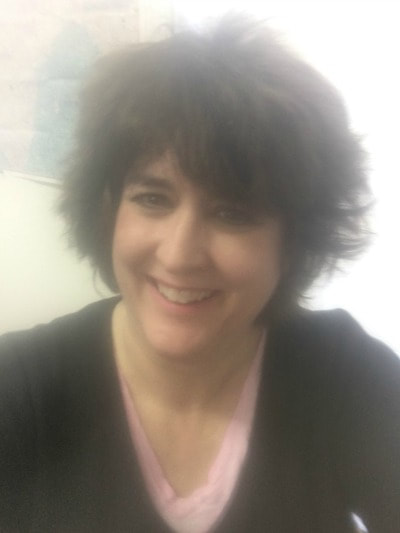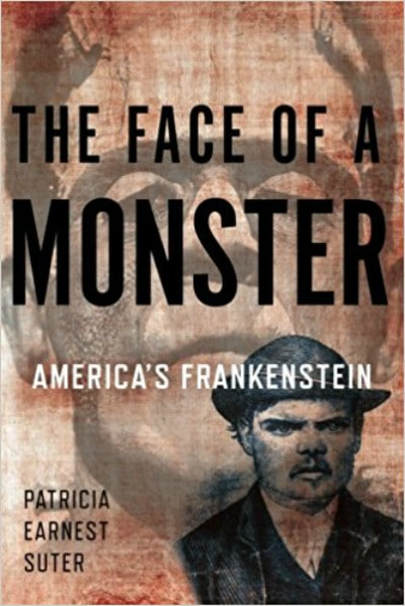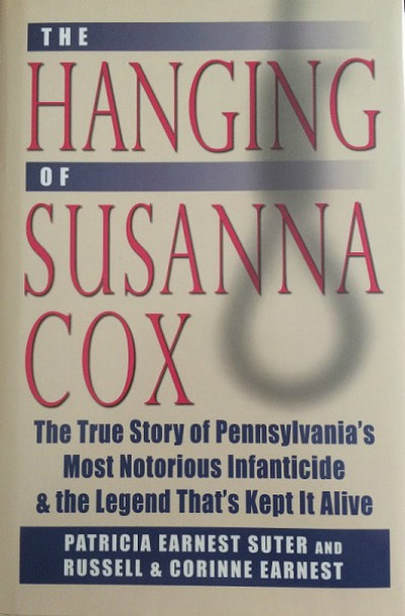Patricia Earnest Suter
|
Patricia Suter was born in Colorado and grew up in parts of the American Southwest. Her, mother, Corinne Earnest, was a teacher at heart who shared a love of the classics with her children. After high school, Suter graduated from the University of New Mexico acquiring a B.A. in psychology/sociology. She and her husband married in 1990. After several moves courtesy of work, the Suters now reside in Delaware with family--both two-and four-footed. Suter oversees Earnest Archives and Library, a privately held library focused on Pennsylvania German history. She also owns Passed Time, a website devoted to showing history as more than a series of random dates. Suter is currently working on Patent No. 1054: The Stoy Family’s Quest for a Rabies Cure (working title only) in addition to articles and a fictional series.
|
The Face of a Monster: America's Frankenstein
|
|
Narrative Non-Fiction
Frankenstein, or The Modern Prometheus had an official release date of March 11, 1818, but Mary Shelley first conceived the idea for her monster in 1816. Fifty years later, Anton Probst terrorized Philadelphia. Due to a life of neglect and loneliness, Shelley created one of the most enduring fictional monsters. Anton Probst became the monster. The Face of a Monster: America’s Frankenstein showcases the arousing and occasionally eerie, parallels between fact, fiction, and fact. It examines comparisons between Mary Shelley, Frankenstein, and Anton Probst and explores the uncanny world that exists at the juncture of fact and fiction. For example, Mary Shelley had prophetically written about German-speaking peoples “...Twere easier for God to make entirely new men than attempt to purify monsters such as these.” Anton Probst was from a German-speaking part of Europe. Tragically, personal connections eluded Mary Shelley—often because those she loved were taken by death. In America, Probst never developed friendships, beyond those he purchased. As a child, Mary often suffered illness. One manifested as a stealing paralysis which affected her arms and hands. The symptoms were believed psychosomatic, for they disappeared once she escaped her turbulent home. Probst's right thumb was missing. It is thought he self-mutilated to escape his unit during the American Civil War. Shelley lived near a prison and slaughterhouse. She was aware of experiments which used the occasional corpse for demonstration. After the war, Probst wound up in Blockley. In the notorious almshouse, Probst probably watched as bodies of the indigent were carted away for scientific research, little knowing it was but foreshadowing. Similar comparisons can be made between Shelley's characters and Probst's circumstances. When the Frankenstein monster happened upon the De Lacey family, his understanding of the world changed. Probst happened upon the Dearing family farm. Probst’s view of his world also changed. Spring often brought misfortune to Mary Shelley and her circle. For instance, her father died on April 7, 1836. As a result, she did not view spring favorably. Conversely, the Dearing family looked forward to its return. Unfortunately, April 7, 1866, resulted in a day of terror. The Dearing family, including four children, were murdered. Additionally, the lives of indentured servant Cornelius Carey and Elizabeth Dolan were forfeit. In Frankenstein, William Frankenstein was the monster’s first victim. Many believe Shelley based this character on her own son, William. All told, Mary Shelley had five children. Only one survived to see adulthood—Percy Florence Shelley. Julia Dearing had five children. Only one of those survived to see adulthood—William Dearing. A jolt of electricity gave the Frankenstein monster life. Electricity did not resurrect Probst, but researchers tried. Victor Frankenstein assembled his monster from a confusion of body parts. After his execution, Probst was reduced to a confusion of parts. They toured Philadelphia, New York, and even Kentucky. The bodies of those in England were sometimes separated or moved. Similarly, the bodies of the victims from the Dearing farm did not stay in one place. Some claim Shelley’s circle of companions was cursed. Although no curse is referenced in connection to the Philadelphia victims, one surrounds serial-killer H.H.Holmes. It might have started with Probst. The two killers had some commonalities. The gravesite of the Philadelphia victims is only footsteps from that of Holmes. Shelley’s monster lamented his singular nature. After his execution, Probst's own uniqueness was described in The New York Times, “He was not a man, he was a sui generis a—PROBST.” |













